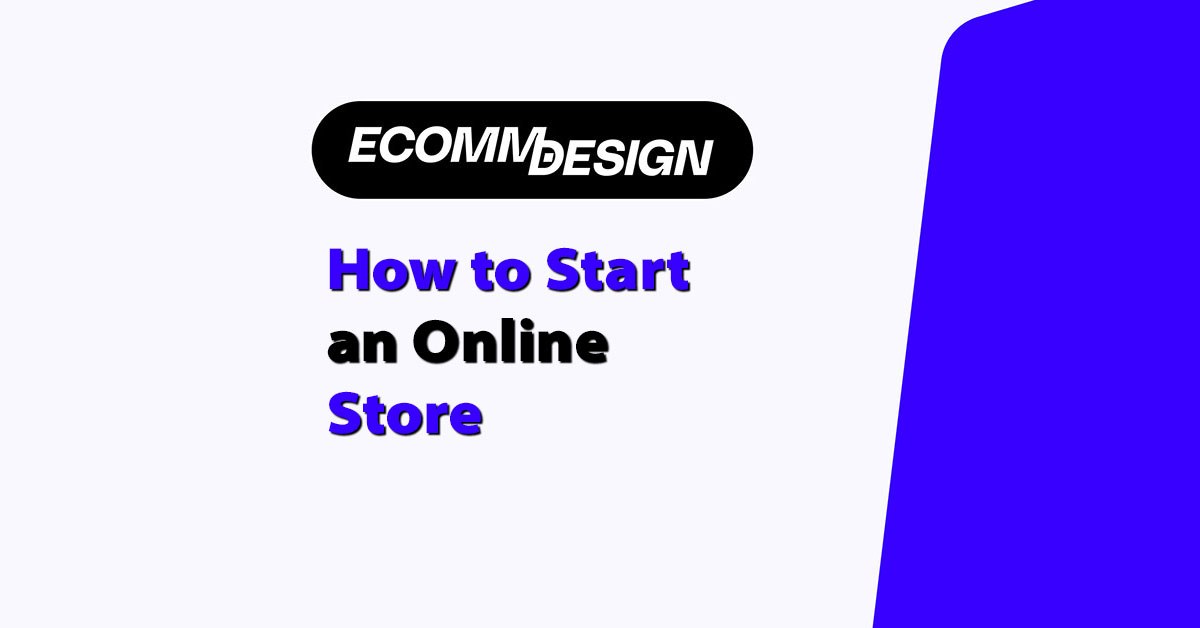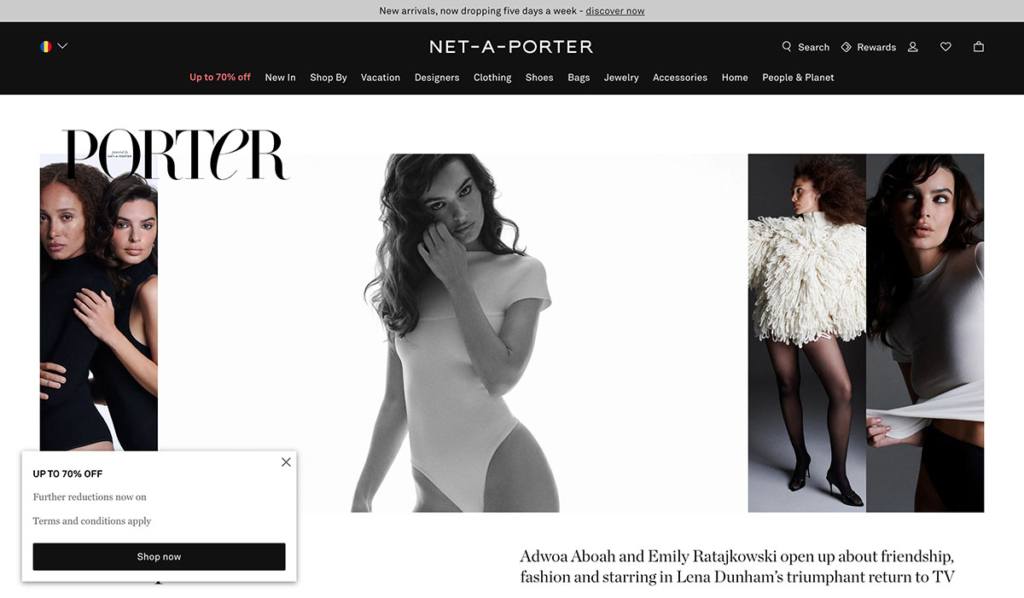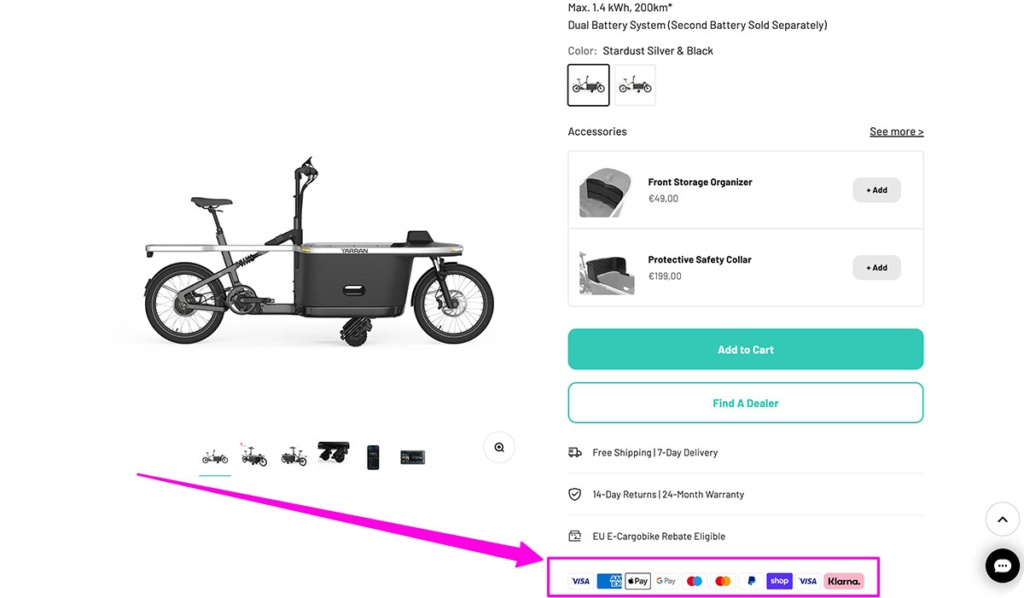
Quick Answer: To start an online store, select a niche based on real demand, sign up with an ecommerce platform like Shopify or Wix, register a domain name, pick a professional theme, upload your products, set up payment and shipping options, and market your store through SEO, email, and social media.
Most stores can launch in under a week.
TL;DR
Want to start an online store? Here’s a quick step-by-step:
- Pick your niche: Find products people want.
- Choose a platform: Shopify, Wix, or Squarespace.
- Get a domain: Short, memorable, and professional.
- Pick a template: Clean design = higher trust.
- Upload your products: Use sharp images + optimized descriptions.
- Set up payments and shipping: Offer choices and secure options.
- Test and publish: Make sure it works everywhere.
- Start marketing: SEO, email, and social media will drive traffic.
How to Start an Online Store – Step by Step
1. Prepare Your Business
Before building your site, lay the groundwork.
Register Your Business
Choose a legal structure (LLC, sole proprietorship, etc.)
Apply for an EIN through the IRS
Get a business license if your state requires one
Adding legal structure to your store protects you and separates personal from business finances. Many ecommerce sellers register as an LLC due to the limited liability and tax flexibility.
It also helps if you plan to apply for business loans or set up a dedicated business bank account.
Keep in mind that some platforms (like Shopify Payments) may ask for verification documents like your EIN or business license. It’s best to get this step done early to avoid payment delays once you start selling.
Find Your Niche
Use tools like Google Trends, TikTok, Amazon Best Sellers, and Reddit
Validate demand before committing inventory or building the store
Instead of choosing a niche based on personal interest alone, look for one with proven buyer activity. For example, home fitness gear saw explosive growth during the pandemic and still performs well with targeted marketing.
Once you’ve identified a few potential niches, read through competitor reviews and forums. See what customers love, what they hate, and where there are gaps. That insight can become your unique selling point.
Build Your Brand
Your store needs a brand that people remember.
Business name: Short, brandable, easy to spell
Visual identity: Logo, color scheme, and typography
Voice: How your store sounds in copy, emails, and social posts
Tools to help:
Canva (design)
Looka (logo creation)
Namechk (domain + social handle availability)
A strong brand does more than look good—it creates emotional connection and trust. Everything from your Instagram feed to your thank-you emails should feel like it came from the same voice. That consistency builds recognition and loyalty.
Think of how brands like Glossier or Gymshark have nailed identity. Their websites, packaging, and tone all reflect a clear personality. Even if you’re starting small, branding with intention helps you grow faster.
2. Choose Your Ecommerce Builder
A website builder gives you the tools to create your store — no coding needed.
Recommended Ecommerce Website Builders for 2025
| Platform | Best For | Price Range | Free Trial |
|---|---|---|---|
| Shopify | All-purpose ecommerce | $39–$399/month | 3 days + $1 for 1st month |
| Wix | Creative sellers | $29–$159/month | 14-day guarantee |
| Squarespace | Service + physical sales | $16–$99/month | 14-day trial |
| Hostinger | Side hustles & AI features | $3.99/month | No trial |
Want a free option? Try Square Online — but it comes with ads and limited branding control.
When choosing a platform, think long-term. If you plan to scale or expand internationally, Shopify offers robust integrations and multi-currency features. If you’re testing the waters or building a portfolio-style site, Wix or Squarespace can be more design-friendly and cost-effective.
Don’t just look at price—think about usability, customer support, and available apps. Most users regret picking a platform based only on budget if it means sacrificing key features they’ll need six months down the line.
3. Compare Pricing Plans
Not all plans offer the same features. Choose based on your needs and growth plans.
| Feature | Shopify Basic ($39) | Wix Core ($29) | Squarespace Basic ($16) | Hostinger ($3.99) |
|---|---|---|---|---|
| Product Limit | Unlimited | 50,000 | Unlimited | 500 |
| Abandoned Cart Recovery | ✅ | ✅ | ✅ | ✅ |
| Shipping Discounts | Up to 77% | ❌ | ❌ | Basic |
| Transaction Fees | 0% with Shopify Pay | 2.9% | 2% on Basic | 0% |
| Custom Domain | ✅ | ✅ | ✅ | ✅ |
| AI Product Descriptions | ❌ | ✅ | ❌ | ✅ |
Pricing plans can be confusing, especially when you add in app fees, transaction charges, and upgrade limits. A $29/month plan may sound cheap, but it can balloon quickly if you need advanced tools or integrations.
Before deciding, list out your “must-have” features—like real-time shipping rates, multilingual support, or customer account logins. Then choose the plan that delivers those at the best value, not just the lowest upfront cost.
4. Get a Domain Name
Your domain is your online storefront’s address. Keep it simple, clear, and professional.
Where to Get It
Included with most platforms for the first year
Or register separately via:
- Namecheap: From $9/year
- GoDaddy: From $11.99/year
- Domain.com: .com from $11.99/year, .store from $1.99
Best Practices
- Avoid numbers and hyphens
- Keep it short and easy to spell
- Use .com or .store for ecommerce
- Use tools like Namechk to check availability
Already have a domain? Just connect or transfer it to your builder through DNS settings.
Choosing the right domain can influence how professional your store appears in search results and social shares. Domains like “mystore-247-online.com” scream amateur, while short names like “Glowware.com” are clean and brandable.
If your ideal domain is taken, consider variations like using your product category or a unique word twist. Just avoid using trademarks or anything too close to existing brands—legal trouble isn’t worth it.
5. Pick a Professional Template
Your template (or theme) sets the tone for your entire site.
What to Look For:
- Clear navigation
- Optimized for mobile
- Customizable layout
- Reviews and product display sections
- Email opt-in forms and footer links
Example: Net-a-Porter
Their navigation and mobile design are clean, fast, and user-focused — exactly what you want.

Most builders like Shopify and Wix offer:
- Free templates
- Premium themes from $100–$350
- AI-powered tools for image creation and layout
Templates aren’t just about looks—they impact your load time, SEO, and how easily customers move through the buying journey. Choose one that’s fast, responsive, and purpose-built for online selling.
As you customize, make sure your fonts are readable, your buttons are visible, and your brand colors are consistent. A professional template matched with thoughtful UX design builds trust and increases conversions.
6. Upload Your Products
This is where your store starts to take shape.
Product Listing Must-Haves:
- Product name (with keywords)
- Short and long descriptions (benefits > features)
- High-quality images (multiple angles, clean background)
- Price and inventory
- Variants (color, size, etc.)
- SEO meta title and description
SEO Example:
Bad: “Nice bottle”
Good: “32oz Stainless Steel Insulated Water Bottle – BPA-Free, Keeps Drinks Cold for 24 Hours”
Use Shopify or Wix’s AI tools to help with product descriptions if you’re stuck.
Great product listings solve buyer objections. Think of what your customer needs to know to hit “Add to Cart.” Include materials, dimensions, return eligibility, and shipping speed right on the product page.
Keep SEO in mind: title tags, meta descriptions, and image alt text help your products appear in Google Shopping and search results. Use tools like Ubersuggest or SurferSEO to find high-intent keywords.
7. Set Up Payments
Offering a variety of payment options improves conversions.
Payment Options:
- Gateways: Stripe, PayPal, Square, Apple Pay
- Digital Wallets: Apple Pay, Google Pay
- Buy Now Pay Later: Klarna, Afterpay, Affirm
Example Comparison:
| Platform | Transaction Fees | Processing Fees | Extra Notes |
|---|---|---|---|
| Shopify Payments | 0% | 2.9% + $0.30 | Must use Shopify Pay to avoid fees |
| Squarespace Basic | 2% | 2.9% + $0.30 | No fees on upgraded plans |
| Hostinger | 0% | Varies by gateway | Cheapest option |
Pro Tip: Always enable SSL, 2FA, and fraud protection tools in your platform settings.
The more payment options you offer, the fewer abandoned carts you’ll see. Some shoppers prefer credit cards, while others want Apple Pay or PayPal for speed and security. Cover your bases to avoid friction.

Don’t forget to check your payment processor’s country restrictions and payout times. For example, some BNPL options aren’t available in all regions, and Stripe payouts may take several business days depending on your country.
8. Set Up Shipping
Shipping setup can make or break the experience — both for you and your customer.
What to Do First:
- Add your shipping origin address
- Choose your zones (countries/regions you’ll ship to)
- Connect with carriers (USPS, UPS, FedEx)
Options to Offer:
- Free shipping: Offer for orders over $75
- Flat rate: E.g., $5 anywhere in the US
- Real-time carrier rates: Powered by Shippo, Easypost, etc.
- Local pickup: Useful if you have a physical location
Platforms With Built-In Shipping Tools:
- Shopify Shipping: Up to 88% off rates
- Wix Shipping: Custom rules by zone
- Squarespace: Real-time shipping for premium plans
Be clear with delivery timelines on your product and checkout pages. Unexpected shipping delays are the fastest way to earn bad reviews. Use automated tracking notifications to keep customers in the loop.
Consider adding carbon-neutral shipping options if your audience cares about sustainability. Shopify and other platforms offer third-party integrations that let customers offset their delivery impact at checkout.
9. Publish Your Online Store
Before going live, double-check everything:
Final Checklist:
- Test payment and checkout
- Test on mobile and all browsers
- Set currency, time zone, and contact details
- Proofread product descriptions and SEO content
- Set up GDPR cookie banners if selling to EU/UK
Many platforms let you preview the site live before launching. Get a second pair of eyes if you can.
Run a few test orders using discount codes or manual payments. This helps you catch any weird behaviors with shipping zones, sales tax, or product variants.
Also make sure your confirmation emails are working and branded properly. This is your first post-sale touchpoint—and a polished follow-up message builds buyer confidence.
10. Promote Your Store
Now comes the hard part: getting customers. You need visibility.
Key Marketing Tactics:
- SEO: Optimize your product pages, write blogs around product keywords
- Email: Use popups to capture emails, create welcome sequences
- Social Media: TikTok, Instagram, and Pinterest are gold for ecommerce
- Retargeting: Use Meta Ads + Google Display Network for cart abandoners
Local Marketing Tips:
- Partner with micro-influencers in your niche
- Use geotagged content
- Attend local events or sponsor community causes
Focus on just 1–2 channels at the start. If your product is visual, lean into TikTok or Pinterest. If it’s search-based, prioritize content marketing and SEO.
Use analytics tools like GA4, Meta Pixel, and email open rates to measure what’s working. Don’t guess—track and test. The faster you find traction, the faster you can scale.
11. Extra Costs to Plan For
Many first-time store owners forget to budget for the extras:
| Cost Type | Example Tools | Typical Price Range |
|---|---|---|
| Email Marketing | Klaviyo, Mailchimp | Free–$150/month |
| Paid Themes | Shopify Theme Store | $100–$350 one-time |
| Paid Apps/Plugins | Reconvert, Bold Upsell | $5–$50/month |
| Transaction/Processing | Stripe, PayPal | ~2.9% + $0.30 per order |
| Premium Support | Shopify Plus, etc. | $2,000+/month (enterprise) |
One of the biggest budget traps is “app creep” — where you install one plugin after another until your monthly bill triples. Always audit what apps you’re actually using and whether there’s a more cost-effective all-in-one alternative.
Another hidden cost is inventory storage or fulfillment fees if you use third-party services like ShipBob or Amazon FBA. Be sure to model these into your margins, especially if you’re scaling quickly or offering free shipping.
Summary: Build It, Then Grow It
By following this guide, you’ll move from idea to live store—without hiring a developer or spending a fortune.
Focus on:
- Building trust through good design
- Giving shoppers an easy experience
- Marketing consistently and testing what works
You’re now ready to pick your ecommerce platform and start building.






